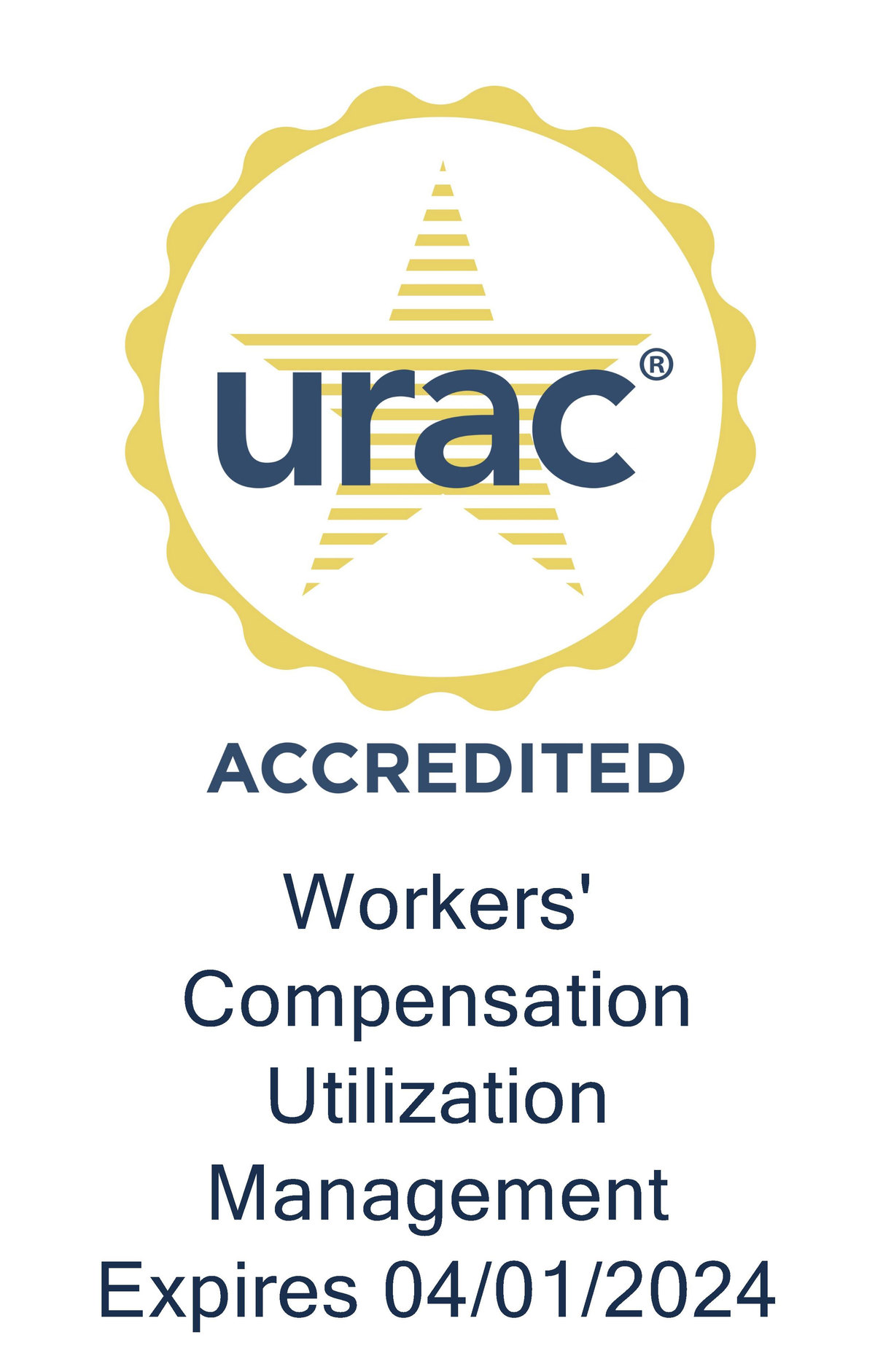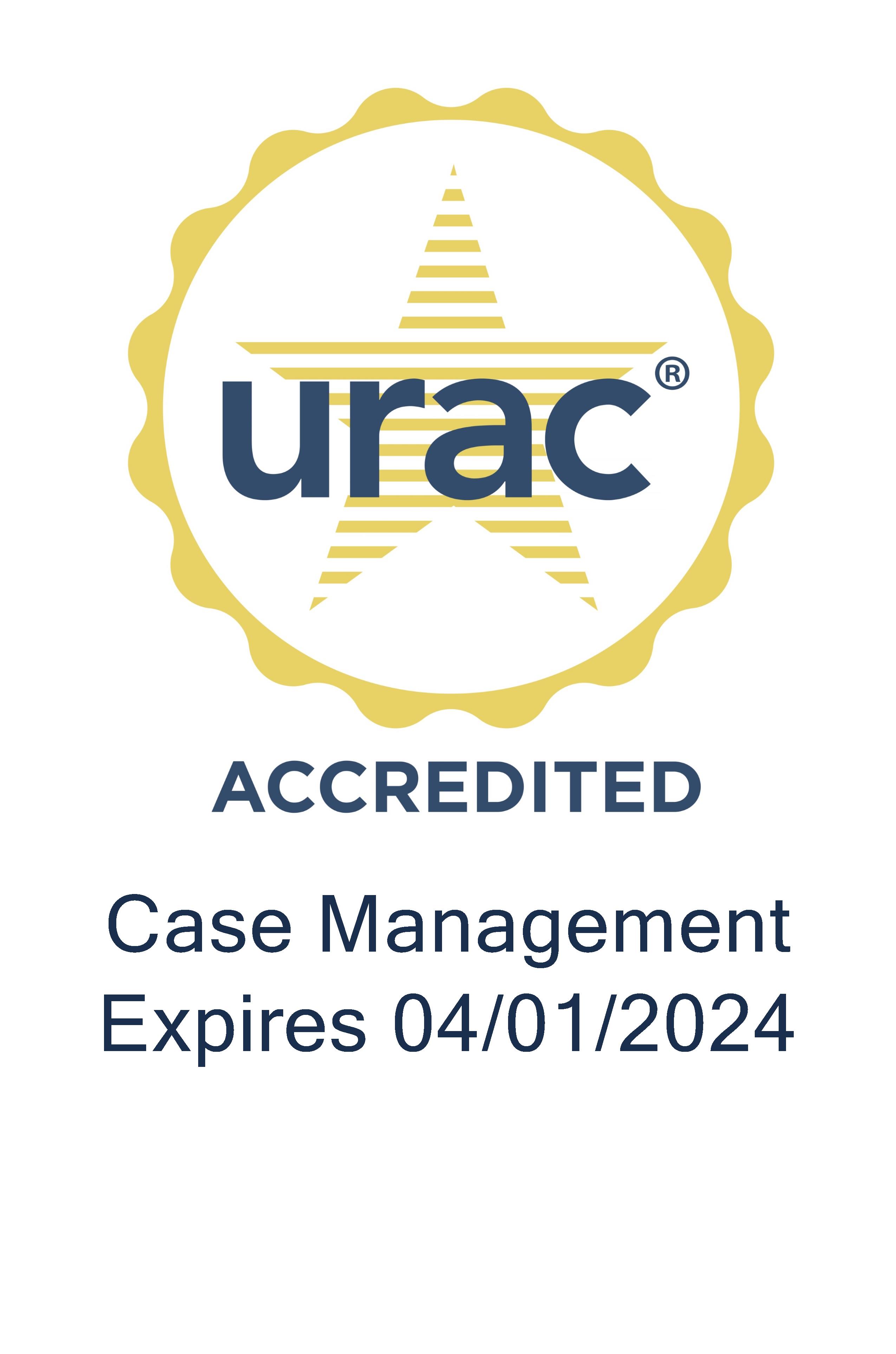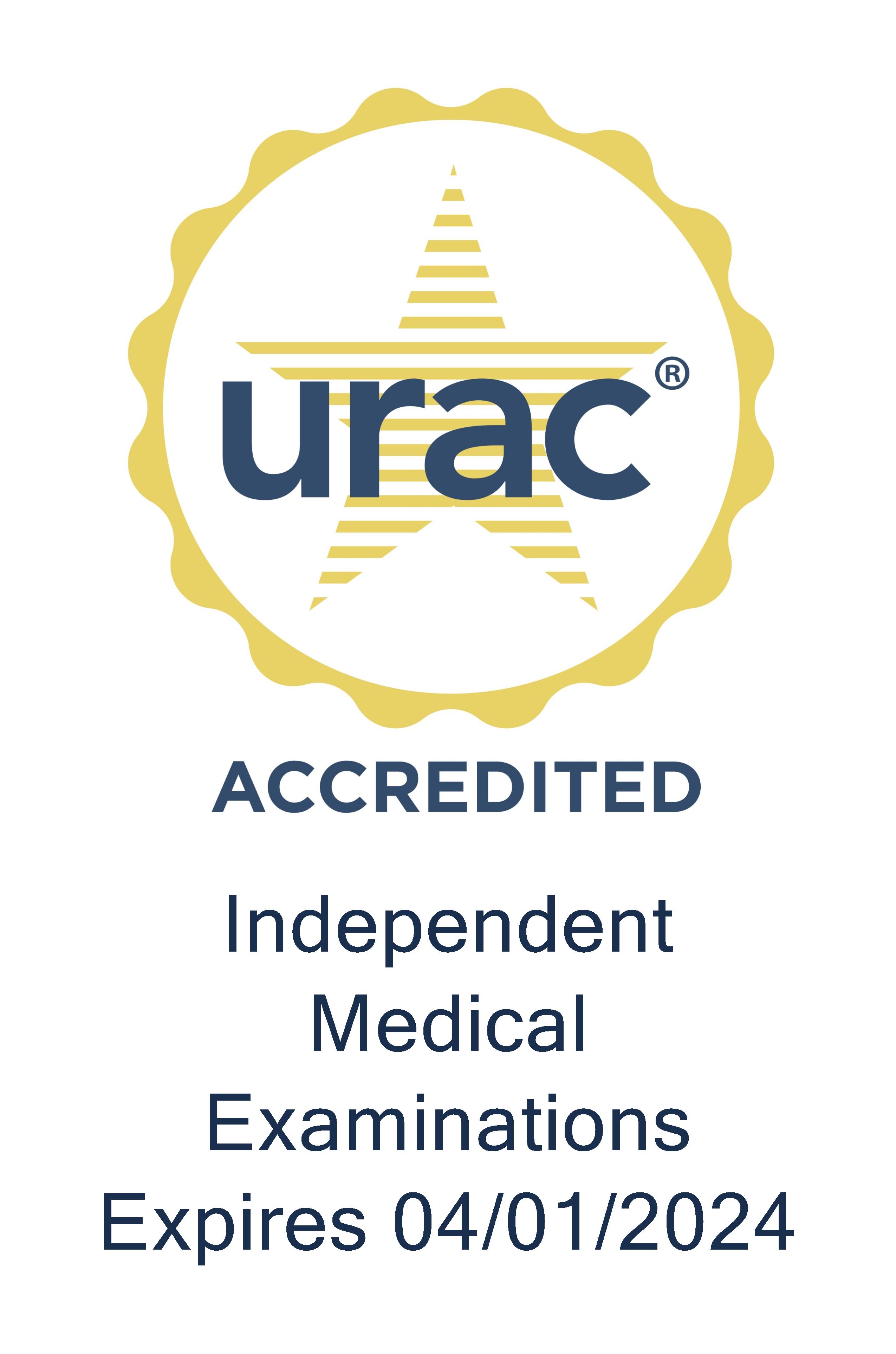Keep current with new legislation and its potential effect on your organization. This regulatory update is for informational purposes only, and provides some key highlights on state initiatives that may impact the services Genex provides.
National
Kaiser Health News reported that doctors in a growing number of states are now required to offer a prescription for overdose antidote naloxone at the same time opioids are prescribed under certain circumstances, a development that could add to the growth in naloxone prescriptions in workers’ comp. California, Virginia, Arizona, Ohio, Washington, Vermont and Rhode Island have new laws or regulations regarding co-prescribing of naloxone to patients taking opioids. In some of those states, a doctor is required to at least offer a naloxone prescription to certain patients. In addition to the recent state mandates, the FDA is considering whether to issue a national recommendation on naloxone co-prescribing, according to the KHN report. Workers’ comp medical treatment guidelines such as the ODG already address naloxone co-prescribing for patients taking opioids. Naloxone is seen as a key component of preventing deaths due to the national opioid crisis. Last year, the U.S. Surgeon General released an advisory urging more people to carry naloxone and to know how to use it.
According to a new Workers Compensation Research Institute (WCRI) report, an employee injured on the job may be hesitant to file a workers’ comp claim, deciding to have the injury treated under his group health plan instead. However, a high deductible on the group health plan could tilt the decision the other direction. Per the researchers, the case-shifting phenomenon could have a substantial cost impact. The researchers said a 1 percent shift to workers' comp of group health cases with soft tissue injuries would add several million dollars in workers’ comp claim costs in many states — as much as $80 million in California. The increase in workers’ comp claims in response to higher deductibles was concentrated in states where employees could choose their initial provider, the researchers said.
The Council of State Governments recently launched a new tool to assist state officials in ensuring workers can remain in the workforce following injury or illness as part of its continued collaboration with the State Exchange on Employment and Disability (SEED), an initiative led by the U.S. Department of Labor’s Office of Disability Employment Policy. The toolkit is a resource designed to help states ensure their policies facilitate employment retention and labor force participation of individuals who acquire and/or are at risk of developing work disabilities, whether on or off the job. The toolkit is an outgrowth of the 2016 Work Matters Report, a workforce development framework for people with disabilities.
In January, CMS issued an update to its Workers’ Compensation Medicare Set-Aside Arrangement Reference Guide. Among other changes, the guide now includes a statement that CMS’ review “is the only process that offers both Medicare beneficiaries and workers’ compensation entities finality.”
The Department of Health and Human Services has released a plain language checklist to help first responders provide services to individuals with limited English proficiency and individuals with disabilities during emergency response and recovery efforts. According to the U.S. Census Bureau, at least 350 languages are spoken across the country. In addition, approximately 15 percent of adults report some trouble hearing, 8.1 million people are visually impaired, and 32 million adults are illiterate. Federal civil rights laws, including Title VI of the Civil Rights Act of 1964 and Section 504 of the Rehabilitation Act of 1973 mandate that federally funded emergency response and recovery services must be accessible to people with limited English proficiency and people with disabilities.
ARIZONA
The Industrial Commission of Arizona (ICA) announced the relaunch of an online training program that out-of-state adjusters can use to become authorized or maintain authorization to handle workers’ compensation claims. Current commission rules require carriers writing workers’ compensation insurance in Arizona to maintain claims files in state unless the commission grants a request to authorize an out-of-state claims office. The regulations also require that anyone processing claims in an out-of-state office complete the commission’s claims handling training. The ICA provides training through an annual claims seminar but said the relaunched online program covers the same processes and procedures in a more flexible format.
The Industrial Commission has issued a reminder that only private self-insured employers are allowed to direct medical care. The commission said it continues to receive complaints about entities that are directing care illegally, and that it plans to target violators for penalties. According to the report, the commission will hold insurance carriers and public self-insured employers responsible for the actions and conduct taken on their behalf by agents (including networks).
CALIFORNIA
The California Workers’ Compensation Institute (CWCI) recently released a study that found non-steroidal anti-inflammatories (NSAIDs) superseded opioids as the most common therapeutic drug group prescribed to injured workers in the state. CWCI officials also reported payment data that show both dermatological medications and anticonvulsants now rank ahead of opioids in terms of total reimbursements. The results indicate that efforts to curb inappropriate opioid abuse, tighten scrutiny via utilization review and independent medical review, enforce restrictions on payers, medical provider networks, pharmacy benefit managers, and implement a Medical Treatment Utilization Schedule (MTUS) formulary are continuing to have an effect. Opioids fell to 18 percent of the prescriptions filled in the first half of 2018, down from 20.2 percent in 2017, and 30.5 percent a decade ago.
The DWC recently announced an update allowing medical providers to access the state’s treatment guidelines online without having to pay for a commercial license. The licensing fee has been an issue for providers since the division incorporated the Medical Treatment Utilization Schedule developed by the American College of Occupational and Environmental Medicine (ACOEM) into the guidelines December 2017. The DWC said licensed health care professionals who treat injured workers can use the California MTUS ACOEM edition website to search the treatment recommendations in the guidelines. Providers conducting qualified medical evaluations, utilization review and independent medical review can also register to use the website without charge.
COLORADO
WATCHLIST: A bill that would give advanced practice nurses level 1 prescription authority in workers’ comp cases is making its way through the state General Assembly. The bill has passed the House and is closing in on final approval in the Senate.
ILLINOIS
The Department of Insurance adopted new rules that expand the list of agencies that may qualify as utilization review organizations. The department did so by recognizing the Accreditation Association for Ambulatory Health Care (AAAHC) as an accrediting agency for UROs, which qualifies the URO for reduced registration and renewal fees. Accrediting organizations already recognized by the department include URAC (Utilization Review Accreditation Commission), NCQA (National Committee for Quality Assurance) and the Joint Commission. The department also is considering adopting the National Association of Insurance Commissioners’ biographical affidavit requirements for registered officers of UROs.
KANSAS
WATCHLIST: HB 2313, and its closely related companion SB 172, would raise the limit on initial medical treatment, from $500 to $2,000. Under the proposed legislation, an injured worker would not have to wait for a claim to be filed or even for approval from the employer before seeking up to $2,000 in medical care.
KENTUCKY
The Department of Workers’ Comp Claims’ drafted drug formulary requires all prescriptions to conform to the MCG Health's Official Disability Guidelines' formulary starting on July 1 for injuries on Jan. 1 and after; and on Jan. 1, 2020, for injuries before 2019. The effect of the delayed deadline for existing claims is to give injured workers one year to change any medications that are not listed on the formulary. The drug formulary was required by HB 2, the sweeping workers' compensation reform measure passed by the legislature.
LOUISIANA
WATCHLIST: The Louisiana Workforce Commission has proposed extensive changes to its chronic pain treatment guidelines. Among other revisions, the rules specify how opioids should be prescribed and how chronic pain should be treated, regardless of opioid use. Under the proposal, opioids should first be used in a trial period and the patient must have failed other chronic pain management plans. The changes also would authorize epidural steroid injections in some cases. A date for final review and adoption has not been set.
MONTANA
Though Montana’s new formulary went into effect Jan. 1, it won’t apply to new claims until April 1 or to legacy claims (those filed prior to April 1, 2019) until April 1, 2020, according to the Montana Workers' Compensation Claims Assistance Bureau. The new law provides “transition of treatment for legacy claims, similar to the re-opening of closed benefits,” according to officials. The move was made over concerns that forcing a patient off a drug regimen too soon could have medical consequences.
NEBRASKA
WATCHLIST: LB 487 would allow drugs on the formulary's preferred list to be prescribed without prior authorization from the employer or insurer, but medications not on the list would need clearance. Under the bill, a claimant may request an independent medical examiner if a carrier or employer denies payment or authorization for a drug that is not preferred. The bill does not mention compounded medications, which have proven to be expensive and require authorization in several other states with formularies. The measure leaves it up to the Nebraska Workers' Compensation Court to meet with stakeholders and determine rules regarding the formulary.
NEVADA
WATCHLIST: AB 138 would rewrite state law to assume that claimed occupational conditions are compensable unless the employer proves the injury didn’t arise out of and during employment. The bill would award injured workers a daily penalty if a denied claim is found compensable after a hearing. It would also require that courts construe the state’s workers’ compensation laws in favor of injured workers.
NEW MEXICO
WATCHLIST: The New Mexico Superintendent of Insurance proposed a rule regarding licensing requirements for public, independent and staff insurance adjusters. Under the proposed rule, licensure would be required for insurance adjusters investigating or settling workers’ comp claims in New Mexico. Each workers’ comp insurer would be required to have at least one claims representative within the state, licensed as an adjuster, to pay claims. In addition, the claims would have to be paid promptly from accounts in financial institutions in New Mexico.
NEW YORK
WATCHLIST: The Workers’ Compensation Board released a simplified version of its proposed drug formulary rule and posted an adopted update to its medical fee schedule for hospitals and clinics. Both notices were posted in the New York State Register starting on page 16.
NORTH DAKOTA
WATCHLIST: SB 2184 would substitute the term “health care provider” for “doctor” and add a definition for "allied health care professional.” The bill would strike the definition of “doctor” in regard to workers' compensation claims and benefits. The initiative passed the Senate and is being considered in the House.
OHIO
OxyContin will no longer be newly prescribed for injured workers in the Ohio Bureau of Workers’ Compensation’s system starting July 1. Following a recommendation from BWC Chief Medical Officer Terry Welsh, the agency’s board of directors recently voted to drop the drug from the BWC formulary and replace it with Xtampza ER, which officials said was “an equally effective, but harder-to-abuse drug.” Xtampza is a sustained-release form of oxycodone, like OxyContin, but utilizes an abuse-deterrent technology that makes it difficult to manipulate, crush, snort or inject for aberrant use. The agency will phase out the use of OxyContin and generic oxycodone sustained-release tablets over time, following best clinical practices and consultation with prescribing physicians.
TEXAS
The Texas Division of Workers’ Compensation (DWC) has revised rules to relax and clarify enforcement actions against insurers. The newly adopted rules strike language that would have required parties in enforcement actions to acknowledge that the DWC had acted “appropriately." The rules were required by SB 1895, which passed the Legislature in 2017.
The DWC recently made changes to its designated doctor performance review procedures before they can be certified or recertified. The changes would reduce the number of reports reviewed by the division's Office of Medical Advisor from 10 to five randomly selected reports. Also, instead of just one rejected report being considered a performance factor to be included in a review, the threshold is now four reports. Designated doctors are selected by the DWC to resolve questions about an injured employee's medical condition or resolve a dispute about a work-related injury or illness. The injured employee, the employee's representative or insurance carrier, or DWC can request an exam by a designated doctor.
WATCHLIST: SB 229 would require injured workers to be notified that they have a right to choose their treating doctor. This includes the right to choose a treating doctor, including a doctor of medicine, osteopathic medicine, optometry, dentistry, podiatry or chiropractic, who is licensed and authorized to practice.
WASHINGTON
The Washington State Department of Labor and Industries adopted rules to give self-insured employers some additional claims-handling authority. Rules that take effect July 1 require self-insureds to use specified forms to notify injured workers about decisions regarding benefits. The rules also include a presumption that benefits weren’t unreasonably denied if a worker doesn’t object to how wages were calculated within 60 days of receiving notice.
According to a new study published in the American Journal of Industrial Medicine, the average length of lost-time payments to injured workers decreased by about 18 percent in Washington after the Department of Labor and Industries implemented new controls on opioid prescribing in 2013.
WATCHLIST: The Washington Department of Labor & Industries is proposing a rule that would allow the agency and self-insured employers to pay for acupuncture to treat injured workers’ low back pain. Under the proposed rule, acupuncture treatment would be limited to a maximum of 10 visits and only for treatment of low back pain related to an accepted condition on a claim. The maximum cost per visit would be less than $108.






